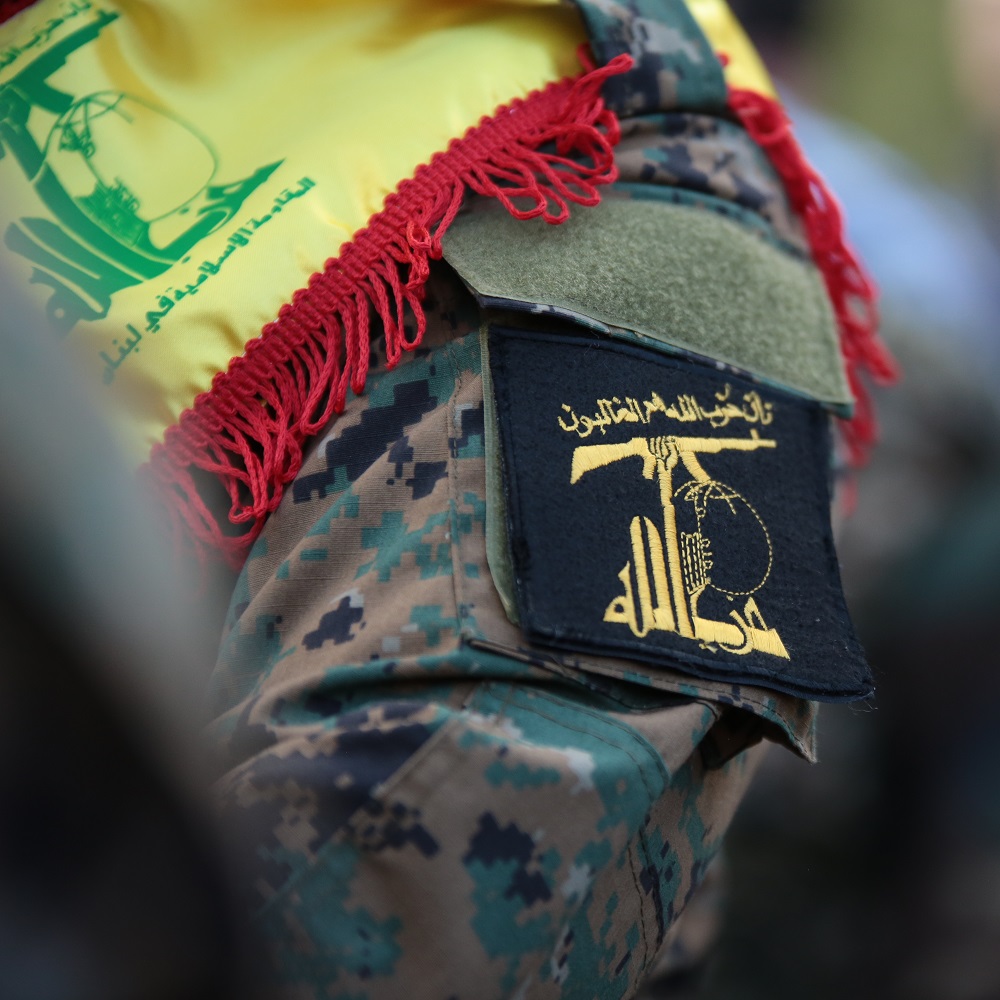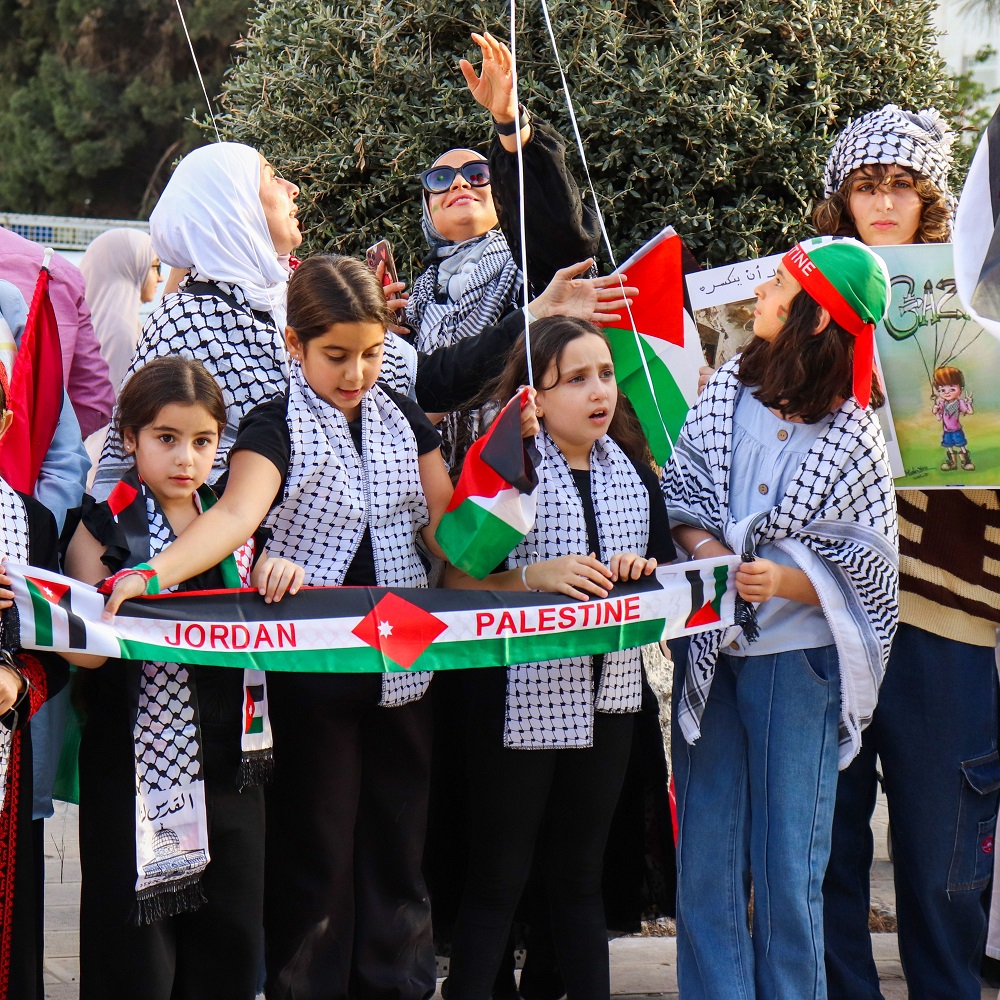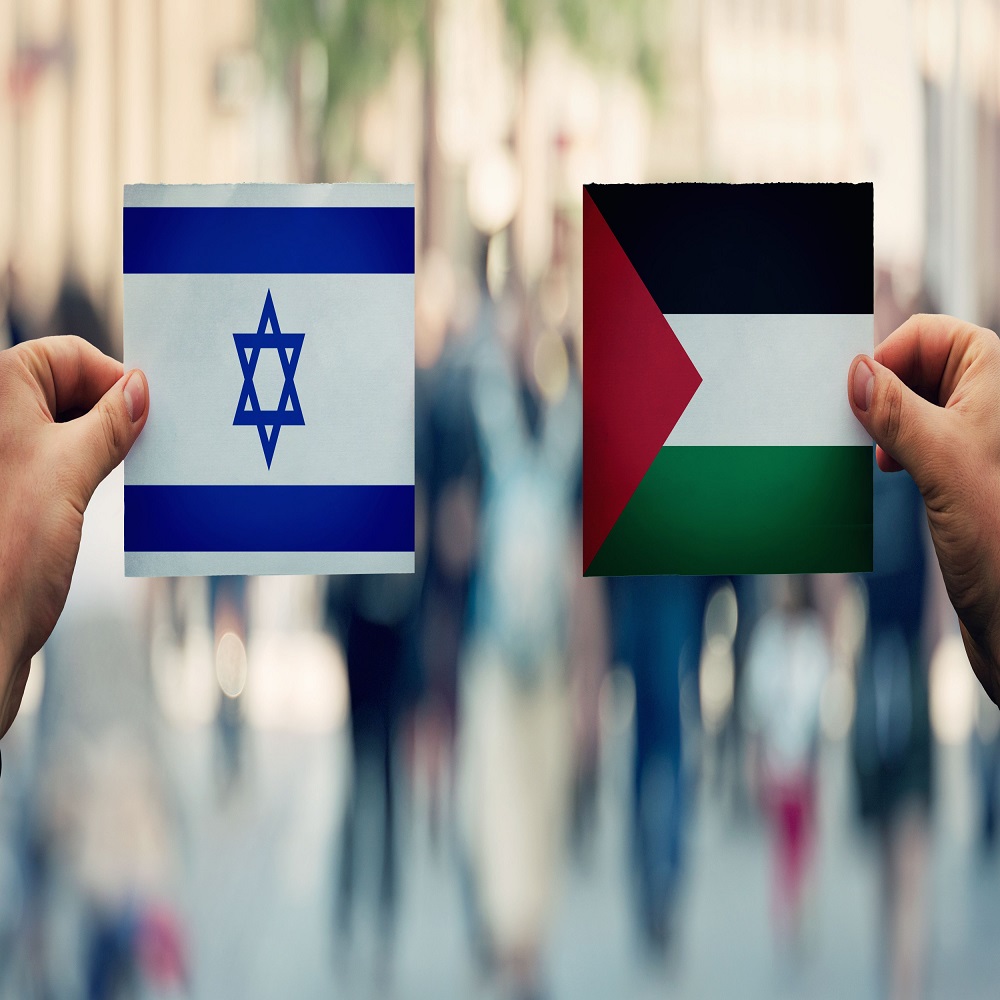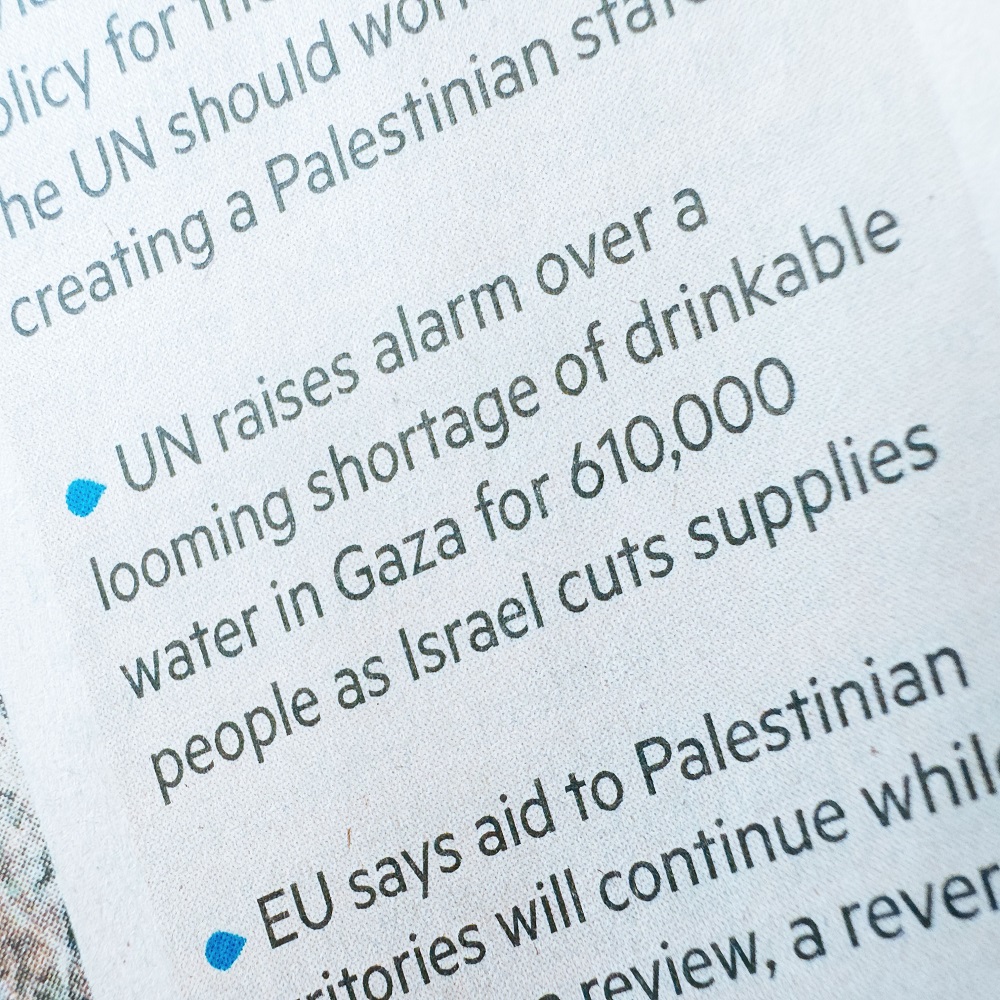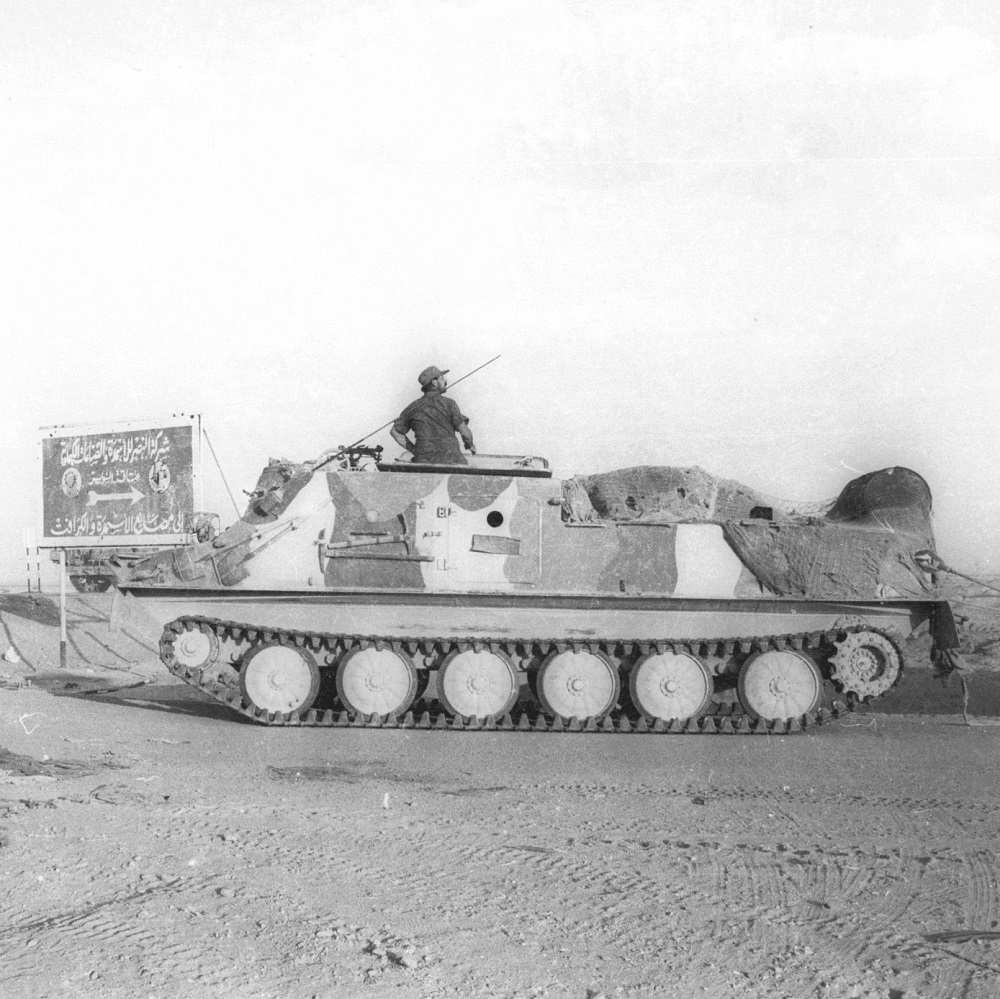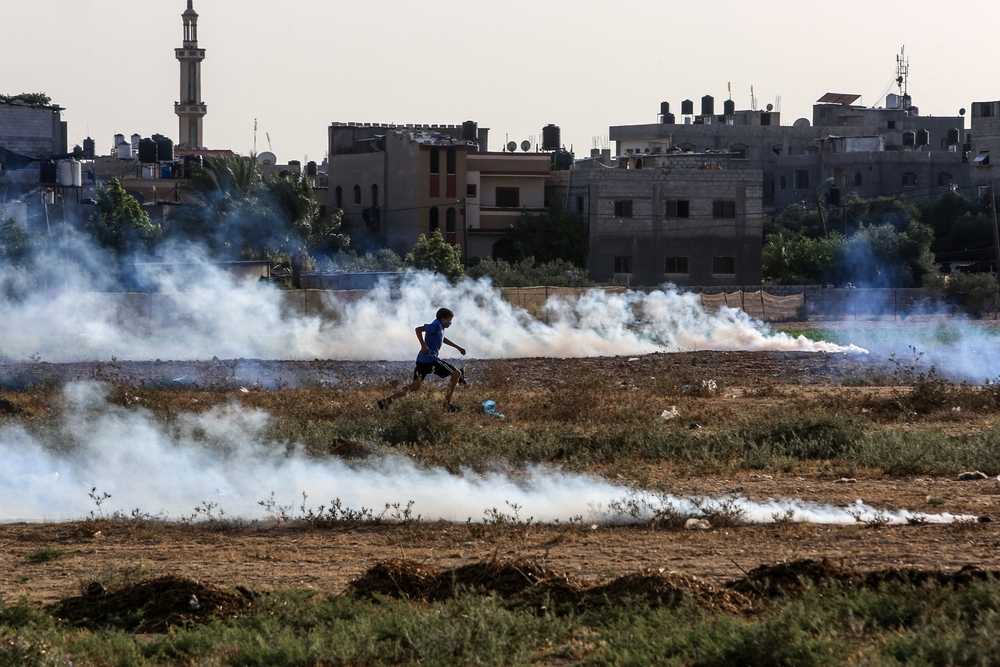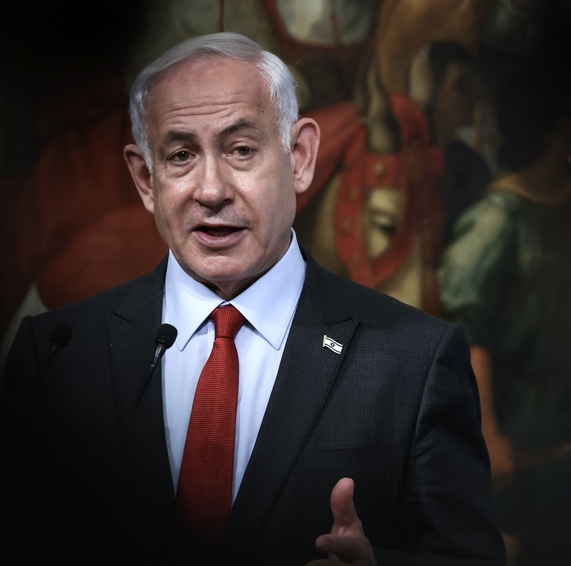
PM Netanyahu Meets with Spanish Prime Minister Pedro Sanchez and Belgian Prime Minister Alexander De Croo: - Your moral values do not stand up if you're not willing to fight for them. -
by Benjamin Netanyahu
Prime Minister Benjamin Netanyahu, today, at the Prime Minister's Knesset office, met with Spanish Prime Minister Pedro Sanchez and Belgian Prime Minister Alexander De Croo. Prime Minister Netanyahu showed them sections of the horrific footage from the IDF Spokesperson's Office and told them afterwards: "We face a peculiar kind of enemy, a particularly cruel and inhuman foe. They're genocidal. They're not fighting for this or that territory; they're fighting to eliminate the Jewish state in whatever boundary. They say so. Their charter says if you find a bush and a Jew is hiding behind it, kill the Jew. Kill all the Jews. Their goal goes beyond the destruction of Israel. They're part of an axis of terror: Iran, Hezbollah, Hamas, Houthis. They say death to America—that's the Great Satan. Israel is the Small Satan. I hope I don't find any offense with any of you. You're a middle-sized Satan. They hate our free civilization. They want to bury it. They have an ideology that is mad. In the 21st century, after the Enlightenment, after the Scientific Revolution, after the advance of human rights and democracy, this is sheer madness. I don't give it relative moralism that says, moral relativism that says, well, they have this society. They can do these horrible things to women. They can do these horrible things to human beings. That's their value system. That's not a value system. That's something that has to be fought. And one thing that we discovered in the 21st century is that our assumption that we can live our civilized lives in our advanced countries, seeking peace, prosperity and progress, and we can just sit back and the barbarians will not come back, they come back. They come back in many places, and if we are unwilling to fight the barbarians, they will win. There's a great historian that I admire, an American Christian Humanist by the name of Will Durant, who wrote, in the last century he wrote "The History of Civilization." And he said history does not favor Jesus Christ over Genghis Khan. History favors the strong. Your moral values do not stand up if you're not willing to fight for them. Here is a classic case of savagery and barbarism against civilization. Now, this savagery has two techniques. One is to deliberately target civilians. The whole laws of war, humanitarian law, which we're committed to completely, makes a simple distinction. On one line, they draw, they draw a line in the middle of the world and they say on one line are combatants, and the other line are non-combatants. You can target the combatants. You should target the combatants. But don't deliberately target the non-combatants. They can be hurt, unintentionally. That accompanies every legitimate war. What the terrorists do is erase the sense of sin. They say everyone is a target. These girls in a music festival, these women. They're targets. Babies. They're targets. Old people. They're targets. Holocaust survivors. They're targets. Everyone is a combatant. Everyone! They not only target everyone, every citizen, no one is a civilian, no one is exempt from their murder, from their harm. They also hide behind their civilians. They deliberately implant themselves in hospitals, in schools, in residential areas, in UN facilities. They fire their rockets from there. Thousands of them. We might have an alert as we speak. There is no symmetry here! These people target directly our cities all the time. Thousands and thousands and thousands of rockets. Falling on Barcelona, falling on Madrid, falling on Brussels, falling on Antwerp. Or any one of the European cities. Thousands! Israel is a small country. They deliberately target civilians and they deliberately hide behind civilians and use them as a human shield. That's a war crime. So what is a democracy, committed to the human, to the laws of war, supposed to do? Do the laws of war give exemption to such criminals? And the answer is: They don't. They say do your best to target the terrorists. Do your best to minimize civilian casualties. But if we, the democracies, accept, say that under no circumstances should we go in because civilians tragically get killed, then we lost. We lost before we begin. You lost and you lost. Spain lost. Belgium lost. Because this will spread. You will see it. Very soon. Because the Axis of Terror is not going to stop. If they can emerge victorious here, they intend to bring down the Middle East, and next they'll go to Europe. After that they'll go elsewhere. If you think I'm exaggerating, I am not. This is where the pivot of history now is going to be decided. Do we stop them there? Or do they come to you? Now, how do you stop them? What do you do? What did the Western countries, what did the democracy do when terrorists embed themselves amidst civilians? Let me say from the start that any civilian death is a tragedy. Any one. And to avoid them, what you do is first, you try to get the civilians out of harm's way. And that's exactly what we did. We asked, called, sent leaflets, phoned the civilians in the areas where we were going to hit the terrorists, the Hamas terrorists, and we said please leave. When they tried to leave, Hamas kept them at gunpoint. Stay, because Hamas doesn't care that their civilians are killed. This is a messianic death cult that hides in the bunkers. As one of their spokesmen said: the underground belongs to Hamas; aboveground, so civilians, that's Israel's problem and the UN problem. Not their problem. On the contrary. It's their shield. So, what do you do? We ask them to leave. Hamas tries to stop them from leaving. Thankfully, many left. We set up a safe corridor, from the north of Gaza, where we were concentrating our effort against the terrorists, to the south. A safe zone in the south, safe corridor to the south. Hamas shot the safe corridor. They fired on the safe corridor, so the people would be trapped in. But they kept on leaving. I'm happy to say that there is a decline in civilian casualties, which is our goal. Our goal is to have none. And primarily that's because of the ground action. The ground action has resulted in the fact that the warnings that we give are addressed by the population, the civilian population that goes south. When they go south, we give them humanitarian support. There are about 150 trucks now going in. Probably go up to 200 and beyond: food, medicine, water. I have not seen yet the effort that I'd like to see from the UN and the international agencies to build there shelters. Winter is coming and there is no reason not to build tens of thousands of tents in the safe zone, next to the safe zone. Because they don't enter the safe zone, the UN, which I think is shocking. I said, okay, we'll give you a lot of little zones. And they're building little safe zones to get the population out of harm's way. Israel is doing everything in its power to get the population out of harm's way. Hamas is doing everything in its power to keep that population in harm's way. That's the facts. I'll give you an example – Hitler, the original Nazis, they invade Europe, they do these horrors on a mass scale. And by the way, these killers would do exactly what Hitler did if they could away with it. The difference is only in capability, not in intent and not in savagery. Hitler invades Europe, perpetrates these horrible savageries, the Holocaust and so on. And so on. And the Allies invade. They invade Normandy. The German army is in the cities. You've seen the footage. The Allies say, "No, we can't do anything. We can't fire," because they're amid civilians? Of course not. They try to do exactly what we are doing: try to minimize the cost. And then they go through the cities of France and they go through the cities of Germany. And unfortunately, many, many, many civilian casualties occur. I don't know what history would have been like if we had demonstrations and protests in the West against the Allies for incurring civilian, German civilian casualties. I know history would have been very different. But we are the Allies, along with the moderate Arabs, with the United States, with Europe. We're the Allies. And they're the new Nazis. Israel cannot be held to a standard that no one is being held to. We have to fight the terrorists. We're in complete compliance with international law. I think in many ways, we're setting a different standard. We seek to minimize civilian casualties, and Hamas seeks to maximize it. And I would strongly urge you to make that distinction, not merely because it's right and just, but because your very societies are on the line. You're next. This is a battle for civilization. It has to be won. We will win it, because we have no other choice. We don't have a future if we don't. Hamas has already said, 'We'll do it again and again and again.' So we'll have to eradicate them. Just as you couldn't leave a reduced Nazi presence, you know, in Germany. You couldn't do that. And we are not going to leave a reduced Hamas presence in Gaza. But the consequences are much bigger. And I think that we should all unite in making sure that this kind of savagery never shows its face again. I thank you." The views and opinions expressed in this article solely belong to the author and do not represent the perspectives or stance of World and New World Journal, nor do they reflect the opinions of any of our employees. World and New World Journal does not endorse or take responsibility for the content, opinions, or information presented in this article. Readers are encouraged to consider multiple sources and viewpoints for a comprehensive understanding of the subject matter. Thank you for your understanding.









